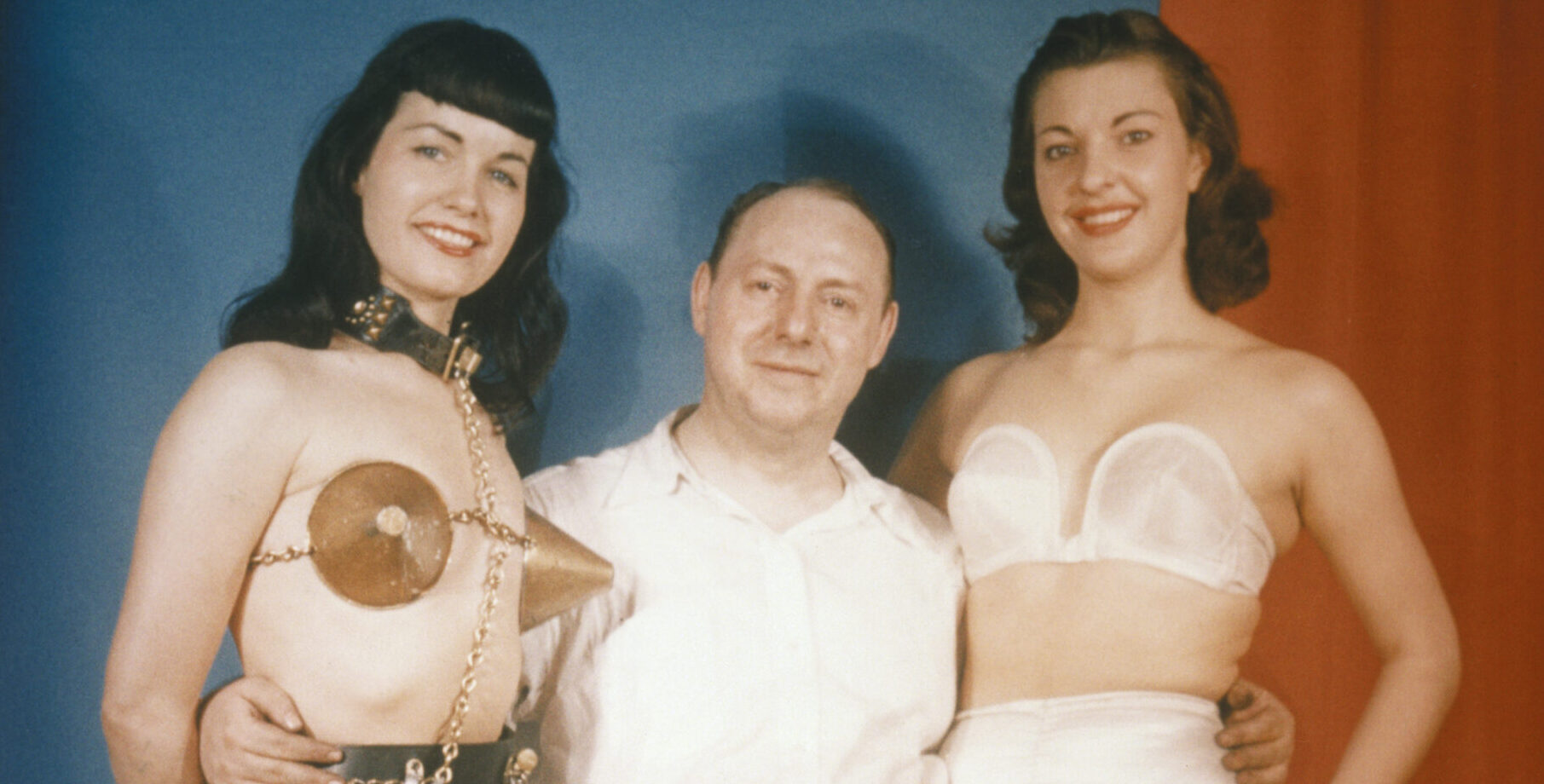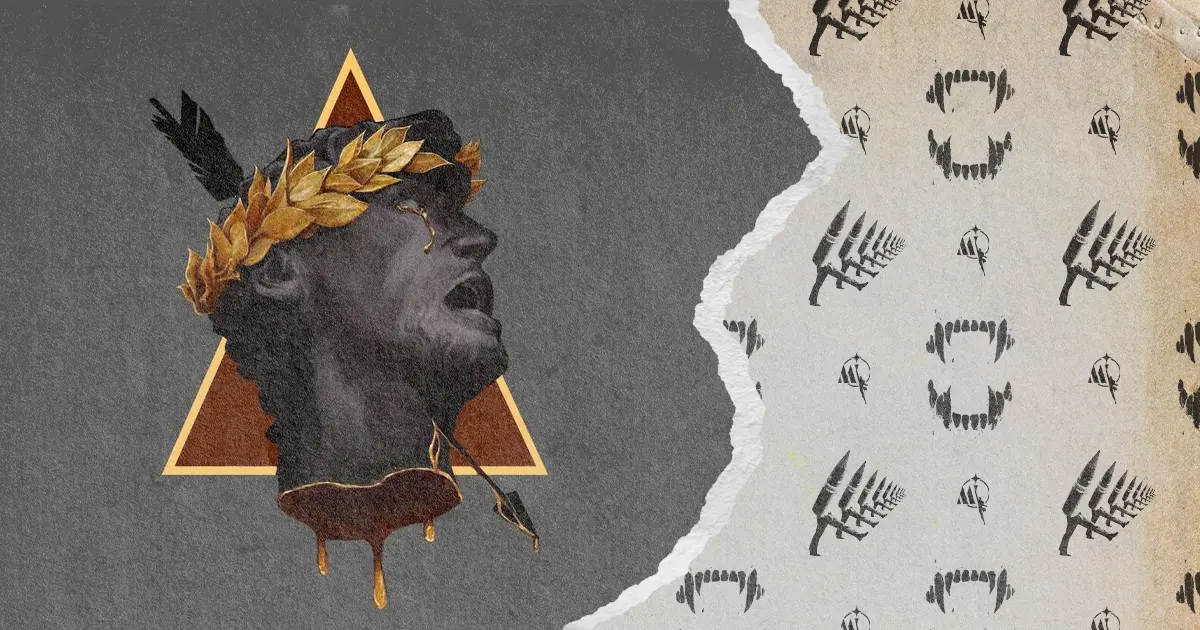Thank you to @MemeFan for pointing this out...

 unherd.com
unherd.com
New data published in the Washington Post backs up her observation, suggesting that the growing polarisation along gender lines could be contributing to lower marriage rates among heterosexual Zoomers. Maybe they’re right: two cultures are forming, separated by sex, and we’re priming ourselves for a Japan-ified future, in which both men and women increasingly choose to “Go Their Own Way”.
But it seems this same polarisation has snuck into the fantasies of the fetish community, where “MAGA doms”, and “libtard subs” rule the roost (or in simpler terms, Left-wingers want to be sexually dominated by Right-wingers). Perhaps dominatrixes adopting a “MAGA” persona isn’t so surprising when you consider how fetish communities often mirror societal taboos: post-World War II saw the emergence of Nazi fetishism while ex-Mormons produce pornography about the Church.
Today, in online political fandoms, people behind enemy lines are often seen as potential sexual conquests: Right-wing men want the liberal “art hoe”, whereas some Leftist women lust after the “Right-wing anon”. It’s hard to pin down discourse like this sometimes, but this trend is also substantiated in studies about the dating patterns of progressive women.
In this context, it’s easier to understand why there has been this blurring between the political and the sexual. For one, downstream of the well-documented erasure of gendered spaces has come the attempted dissolution of sex differences. We’re living in a world where there are fewer and fewer men- or women-only spaces. What it means to be a man or woman have both been thoroughly attacked.
This gender segregation feels like a return to the Fifties mean. But while it is possible to police same-sex social clubs or specific organisations, it’s more difficult to impose these same norms on decentralised, often digitally-based, political communities. Segregation is baked into the ideology: for instance, very few women might be interested in joining a Discord server that seriously discusses figures like Andrew Tate. Of course, there are exceptions, but ultimately, making “Right-wing” synonymous with “male” re-establishes a long-standing boundary — one that people probably miss a great deal, whether they know it or not. It doesn’t only facilitate same-sex socialisation, but also reimagines the concept of sexual dimorphism, especially in the social dimension, where it’s been lost.
The second issue is that while the extent of political polarisation challenges the idea that we no longer have a unified culture, it also doesn’t imply complete unity within each side of the political spectrum. Concepts like “intersectionality” have also created their own kind of division. There’s a growing array of identity-based groups, each with its own conflicting objectives and messages, leading to a sense of cultural exhaustion. Uniting based on gender might be an attempt to simplify and correct this fragmentation — even if ultimately misguided.
In an ironic way, political polarisation along gender lines is actually more inclusive. It doesn’t matter if you’re black, white, or AAPI — the primary distinction becomes whether you’re a man or a woman. Even more important than an inclusive political landscape, it may also fix some of our sex problems, rather than encouraging them. In a world where everything is for everyone, this could be the one way we return to signalling older notions of what it means to be a man or woman. For some people, this will rise to the level of a fetish, but for most, it might just re-balance the dating market.

Left-wing women are learning to love Right-wing men
A few months ago, a Zoomer friend of mine observed that the American political landscape had been slowly evolving into a gender war. It isn’t simply that Americans are polarised, she noted, it’s that the polarisation was linked to sex. Young men in her circle were more likely to be Right-wing...
Political division has become a sexual fetish
A few months ago, a Zoomer friend of mine observed that the American political landscape had been slowly evolving into a gender war. It isn’t simply that Americans are polarised, she noted, it’s that the polarisation was linked to sex. Young men in her circle were more likely to be Right-wing; whereas women were more likely to be Left-wing.New data published in the Washington Post backs up her observation, suggesting that the growing polarisation along gender lines could be contributing to lower marriage rates among heterosexual Zoomers. Maybe they’re right: two cultures are forming, separated by sex, and we’re priming ourselves for a Japan-ified future, in which both men and women increasingly choose to “Go Their Own Way”.
But it seems this same polarisation has snuck into the fantasies of the fetish community, where “MAGA doms”, and “libtard subs” rule the roost (or in simpler terms, Left-wingers want to be sexually dominated by Right-wingers). Perhaps dominatrixes adopting a “MAGA” persona isn’t so surprising when you consider how fetish communities often mirror societal taboos: post-World War II saw the emergence of Nazi fetishism while ex-Mormons produce pornography about the Church.
Today, in online political fandoms, people behind enemy lines are often seen as potential sexual conquests: Right-wing men want the liberal “art hoe”, whereas some Leftist women lust after the “Right-wing anon”. It’s hard to pin down discourse like this sometimes, but this trend is also substantiated in studies about the dating patterns of progressive women.
In this context, it’s easier to understand why there has been this blurring between the political and the sexual. For one, downstream of the well-documented erasure of gendered spaces has come the attempted dissolution of sex differences. We’re living in a world where there are fewer and fewer men- or women-only spaces. What it means to be a man or woman have both been thoroughly attacked.
This gender segregation feels like a return to the Fifties mean. But while it is possible to police same-sex social clubs or specific organisations, it’s more difficult to impose these same norms on decentralised, often digitally-based, political communities. Segregation is baked into the ideology: for instance, very few women might be interested in joining a Discord server that seriously discusses figures like Andrew Tate. Of course, there are exceptions, but ultimately, making “Right-wing” synonymous with “male” re-establishes a long-standing boundary — one that people probably miss a great deal, whether they know it or not. It doesn’t only facilitate same-sex socialisation, but also reimagines the concept of sexual dimorphism, especially in the social dimension, where it’s been lost.
The second issue is that while the extent of political polarisation challenges the idea that we no longer have a unified culture, it also doesn’t imply complete unity within each side of the political spectrum. Concepts like “intersectionality” have also created their own kind of division. There’s a growing array of identity-based groups, each with its own conflicting objectives and messages, leading to a sense of cultural exhaustion. Uniting based on gender might be an attempt to simplify and correct this fragmentation — even if ultimately misguided.
In an ironic way, political polarisation along gender lines is actually more inclusive. It doesn’t matter if you’re black, white, or AAPI — the primary distinction becomes whether you’re a man or a woman. Even more important than an inclusive political landscape, it may also fix some of our sex problems, rather than encouraging them. In a world where everything is for everyone, this could be the one way we return to signalling older notions of what it means to be a man or woman. For some people, this will rise to the level of a fetish, but for most, it might just re-balance the dating market.


